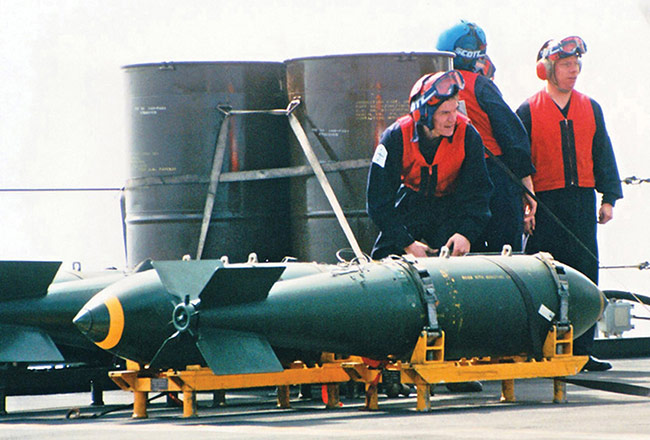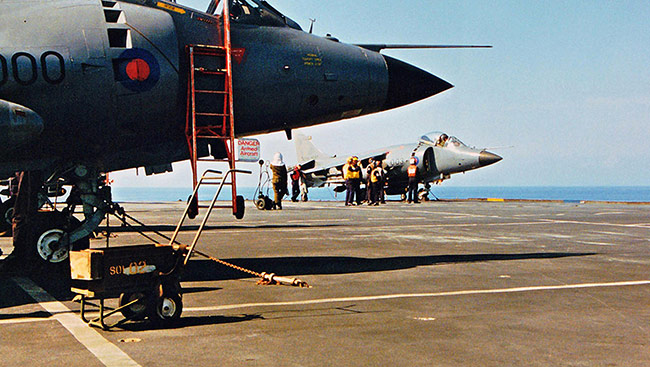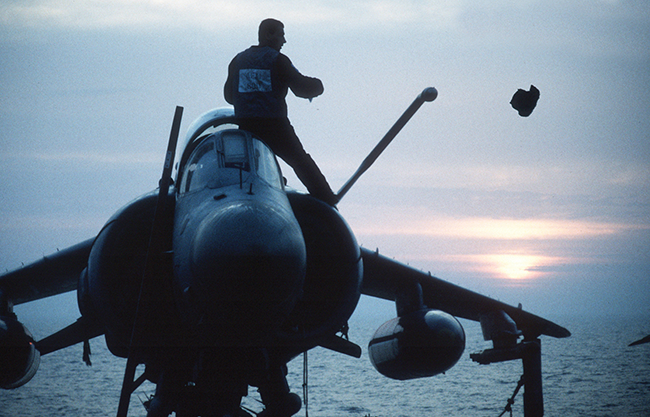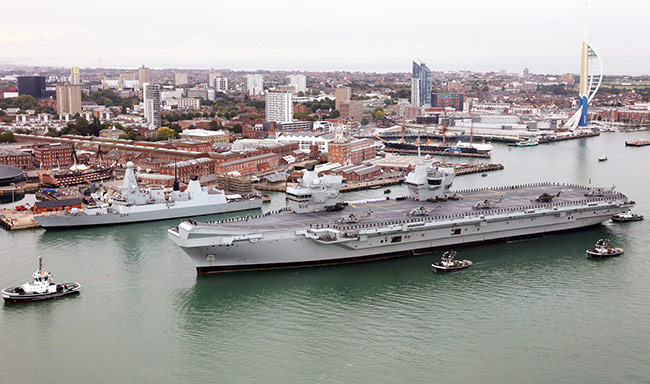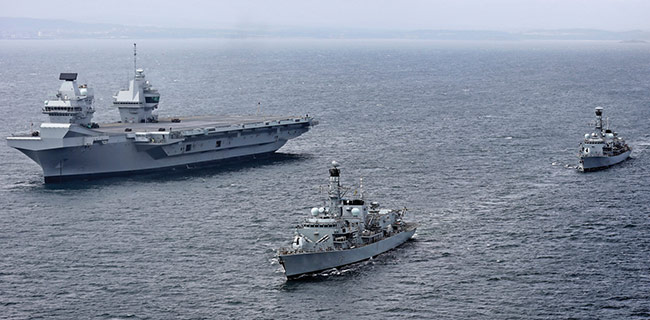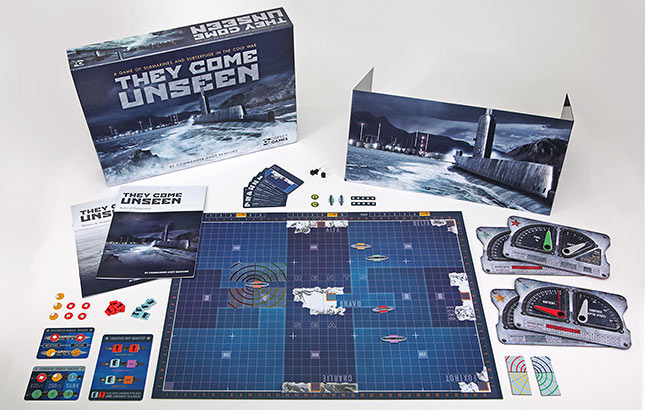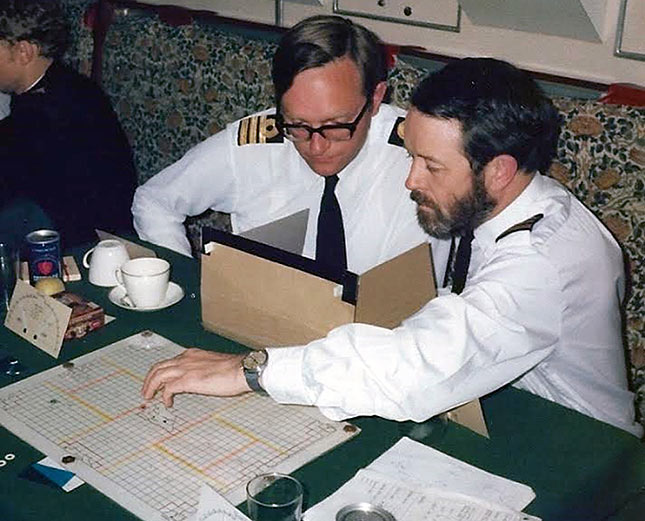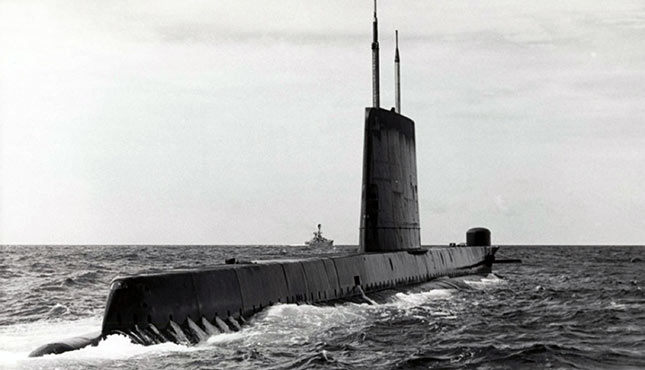Maritime Fellowship Award for ‘Immense Contribution’
Iain Ballantyne has been saluted with a Maritime Fellowship at the UK’s Maritime Media Awards 2017, which were held at the Institute of Directors in Pall Mall, London.
One of the UK maritime community’s headline awards, Iain received it for his ‘immense contribution to the maritime cause’ since 1990, as a journalist, author of naval history books and Editor of WARSHIPS International Fleet Review magazine (from 1998 to the present).
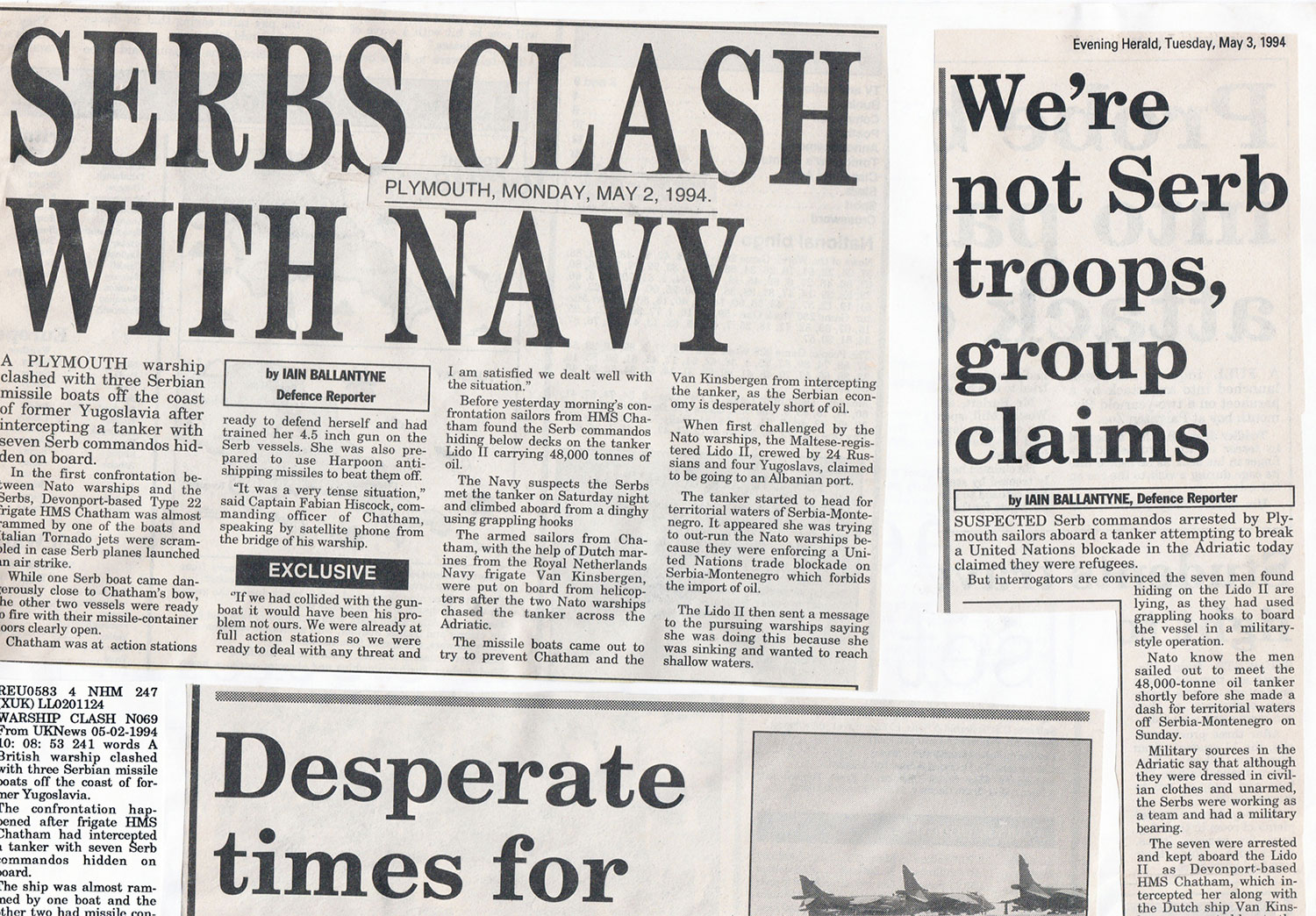
One of numerous lead stories Iain Ballantyne wrote during his time as the Defence Reporter of the Evening Herald, Plymouth in the 1990s.
The Maritime Fellowship citation highlighted Iain’s varied endeavours across his career, including covering aspects of the fall of the Soviet Union as a newspaper reporter, along with other assignments including the 1990/91 Gulf War and peace talks aboard a frigate in the Adriatic.
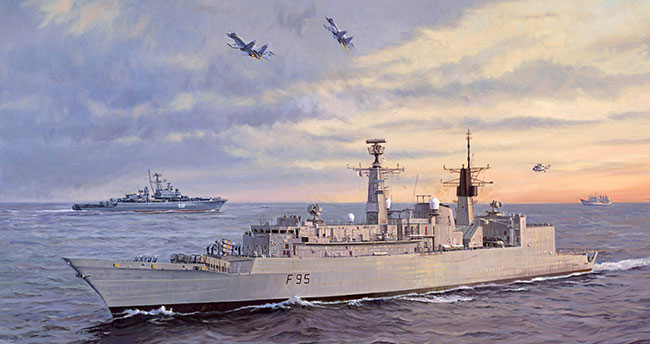
A depiction of the end of the Cold War between the Royal Navy and Soviet Navy in the Barents Sea, one of the historic events Iain Ballantyne covered during his time as a newspaper reporter. Iain Ballantyne is among the figures waving to the Gromky (background) from the bridge roof of HMS London (foreground). Painting by Ross Watton © 2013. For more on the work of Ross Watton visit www.navalbroadsides.co.uk
The citation saluted Iain’s‘authoritative and well-received books’ and added: ‘Few of today’s maritime writers have his breadth of experience, his instinct for a story, or his ability to undertake a tenacious, critical and careful search for the truth.’
More than 200 prominent members of the international maritime community and media gathered to take part in the established annual event, now in its 22nd year, and established by the Maritime Foundation to honour the memory of legendary Fleet Street naval correspondent Desmond Wettern.
This year the awards were presented by the First Sea Lord, Admiral Sir Philip Jones, who said: “I’d like to congratulate our prize winners, together with all those nominated. We are truly fortunate to have so many diverse, creative and persuasive communicators to spread this message of maritime opportunity far and wide.”
In accepting his award, Iain thanked the Maritime Foundation, organizers of the Maritime Media Awards, and First Sea Lord for making the presentation.
The most absorbing task of the past two decades for Iain has been establishing and running the global naval news magazine WARSHIPS IFR, which he established at the invitation of UK-based publisher Derek Knoll who attended the dinner along with his daughter Christine, who continues to play a key role in the running of the magazine.
Iain expressed his heartfelt appreciation to Derek for having ‘taken a punt’ on what remains the only naval news magazine of its kind in the world, giving him the opportunity to edit WARSHIPS IFR and also to Christine and her sister Alison for all their hard work.
Also at the awards dinner was WARSHIPS IFR Associate Editor Peter Peter Hore whose perceptive prose and commentaries have considerably enlivened the magazine since its early days.
The globally distributed contributors to the magazine around the world have, said Iain, ensured there is barely a place where a naval activity is not recorded visually and reported on, and so they deserve commensurate high praise for all their efforts. One other key player from the magazine’s editorial team who was present at the awards dinner was Usman Ansari, who is the presiding Chief Analyst, writing commentaries, analysis and news items.
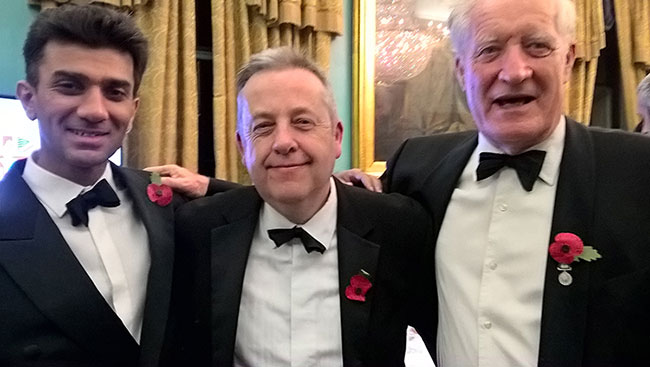
Iain Ballantyne (centre) with his WARSHIPS IFR colleagues and friends Usman Ansari (left) and Peter Hore (right) at the awards dinner in London.
WARSHIPS IFR’s strength resides in its world-wide analysts and commentary writers, not least the fiery Odin who speaks truth to power via his popular monthly leader column ‘Odin’s Eye’. Many times over the years there have been enquiries as to who the incredibly well informed, astonishingly perceptive and often rather blunt ‘Odin’ is, but his (or her) true identity remains a secret. Iain suggested that keeping his acceptance speech short was important to avoid provoking Odin, who might otherwise start hurling bread rolls from the back of the room.
Iain made a special point of saluting the fantastic men and women of today’s world’s navies and Royal Navy in particular, for their work around the Globe to preserve maritime security, and thanked the veterans of wars who have made his books a success.
In fact Iain expressed his gratitude to everyone whom he has worked with across his career in newspapers, magazines and the publishers of his books, including Pen & Sword Books and Orion Publishing. It was for Orion that Iain wrote ‘Hunter Killers’ (2013), a ground-breaking book on the British experience of submarine operations in the period of the late 1940s to early 1990s.
Iain thanked Captain Doug Littlejohns and Commander Rob Forsyth for joining him at the awards dinner. The two distinguished former submarine captains – who both commanded the nuclear-powered attack submarine HMS Sceptre during the Cold War – played a key role as technical advisors for ‘Hunter Killers’ – providing him with his own version of The Perisher course (almost). It’s worth noting here that the book also told the story of their adventures in the Submarine Service, as well as fellow submarine captains Cdr Tim Hale and Capt Dan Conley among other underwater warriors, most notably Michael Pitkeathly (Pitt.k).
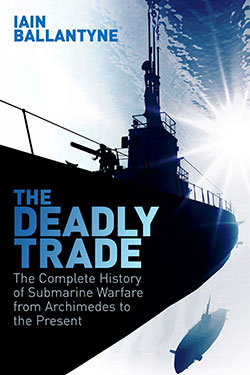
Iain’s next book ‘The Deadly Trade: The Complete History of Submarine Warfare from Archimedes to the Present’ is to be published in March 2018 by W&N and has again benefitted from the technical advice of his submariner friends.
Lastly, Iain paid tribute during the acceptance speech to the late Desmond Wettern as an inspiration, whom he hoped “was smiling down from heaven on the thriving pursuit of naval writing in the UK today, which may not quite be the old school variety of days gone by – when newspapers were king – but has evolved to match the times and new technology.”
For more on the awards: https://www.bmcf.org.uk/category/news/
